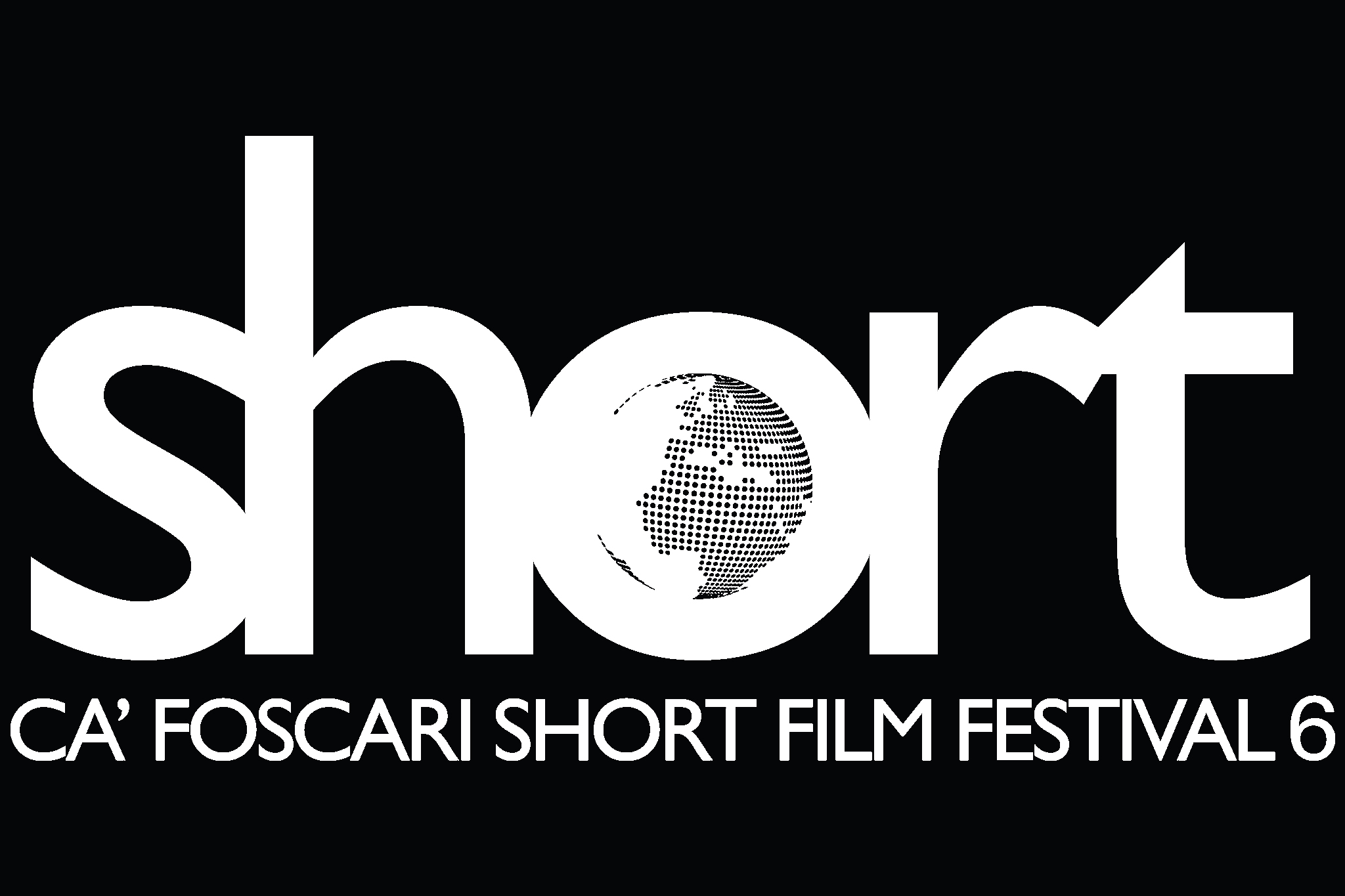
Bill Plympton enchants the audience with his masterclass
The jury presents their chosen shorts
Today in the competition: teenage rage in Turkey with City, job crisis in Albania with Capsule and vengeance between families in Japan with Bridge
But there is more: Italian video art with Lo Sguardo Sospeso, the program about the sustainability, the Promofest shorts and the second part of the Anymation project
The third day of the Ca’ Foscari Short Film Festival began at 11 AM with the special program dedicated to sustainability. Initially, Professor Giulio Pojana and director Eugenio Fogli went on stage to present the documentary Adriatic Sea (Waste in North-East). It was followed by the screening of the three finalist short films of the Video Contest Short&Sustainability, organized in collaboration with Sustainable Ca’ Foscari. The winner was What Are Weee – Weee Are Cutter Ants by Alessio De Marchi and Alessandra Turcato. At the end, the film festival Itineraries of Sustainability was presented.
At 12 AM, the spotlight was on the special program Short Film Festival Meets PROMOFEST. Promofest, a Spanish agency that promotes films for festivals around the world since 1992, presented four shorts with very different topics, ranging from animation, to the surreal comedy, to dramatic themes. The first was Artún (2014), in which the protagonist is a teenager who discovers his sexuality when he goes to the city to find out if the rumours about the girls who live there are truthful. El día mas feliz (2015) shows two young people getting married in a court with their witnesses, without any kind of ceremony. In The Black Beat (2015), a group of friends decide to take a trip in the natural reserve of brown bears, but they have to comply with certain rules. Finally the animated short Zepo is about a young girl who leaves her home to follow a trail of blood. At 2 PM the workshop Anymation went on stage for its second and final appointment, curated by Davide Giurlando and dedicated to animated films. In the second part of the workshop the focus was once again on four-handed directing, unusual in the world of animation but of great interest, not only in the big productions like Pixar and Disney, but also in other highly original productions. An example of this originality was When the Day Breaks (1999) by Wendy Tilby and Amanda Forbis, as well as the works of John Hubley and Faith Elliott, a couple at work and in private life, and the work of Timothy and Stephen Quay brothers.
Shows re-started at 4 PM with SottoSopra, by the first-timers Brunelli, Zanoni, Galvani and Benna from Milan’s Polytechnic University. Their short re-interprets the city’s landscape, showing shades and perspectives that turn upside down every sense of reality. Temel Arda Karsli is from Turkey and the main character of his Sehir is not only the young Semih but also the city of Istanbul itself, blending human loneliness and the city’s soul. Disintegration, uncertainty, anger and discrimination are the main feelings of this short. Irdit Kaso is Albanian and Kapsula – Capsule is his second direction experience. The short focuses on the misadventures of Keli, a homeless welder left in poverty and divorced, who dreams about his distant daughter. Later, the Venezuelan Valentino Sandoli shows his Paradigma, a story about the sexual awakening of Guille, a teenager attracted to his best friend. It was followed by Hashi – Bridge by Suzuyuki Kaneko, a young Japanese director who presented a history of revenge and robbery, full of unattended plot twists. The last short was Kamakshi by the Indian Satindar Singh Bedi. The author starts from a popular Indian story and develops a very strong and a bit unreal work that is still extremely close to reality.
Later, the traditional appointment with video art in the special program The Suspanded Glance was presented by Elisabetta di Sopra. Examples of the latest trends and research on the relationship between this form of art and the body were presented, like the soft movements in Rino Stefano Tagliafierro’s work, where classical art comes to life, and Lino Strangis’s work, where the re-appropriation of the object becomes a reflection on the relationship between men and natural elements. It was followed by the Special Program of the Jury, in which some short films choosen by the jury members were screened, like NightCry by Takashi Shimizu, created to promote the namesake videogame, and Avsesh (The Remnants) with which Kasaravalli won the national award in 1975 for the best short. Giannalberto Bendazzi presented the animation short Schody (Stairs) by the Polish Stefan Schabenbeck. Shimizu also showed for the first time a clip from his next film that will come out this summer, the first made in 3D Dome format, The Man From 9 Dimensions. The three members of the Jury kindly answered the questions from the public.
The third day ended with the highly anticipated special program The World of Bill Plympton, a two-hour-long masterclass in which the famous American cartoonist, animator and illustrator Bill Plympton spoke about his career, introducing everyone to his world. Some of his shorts were screened, such as Guard Dog, which allows the viewers to imagine how paranoid can be a dog’s mind while thinking about dangers during a simple walk in the park. Your Face starts with a softly singing man, whose face begins to twist during his song. Lastly, Footprints is about an ordinary man who wakes up because of someone or something breaking his window, so the man hunts for the vandal with a gun, following his footprints.

